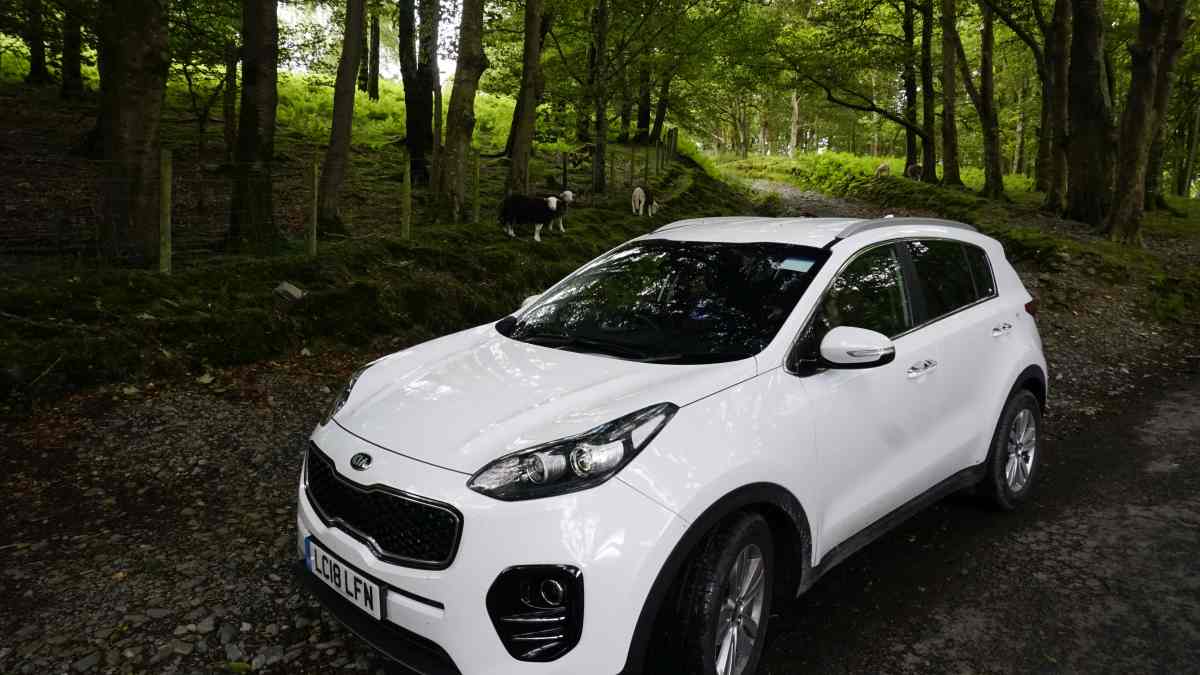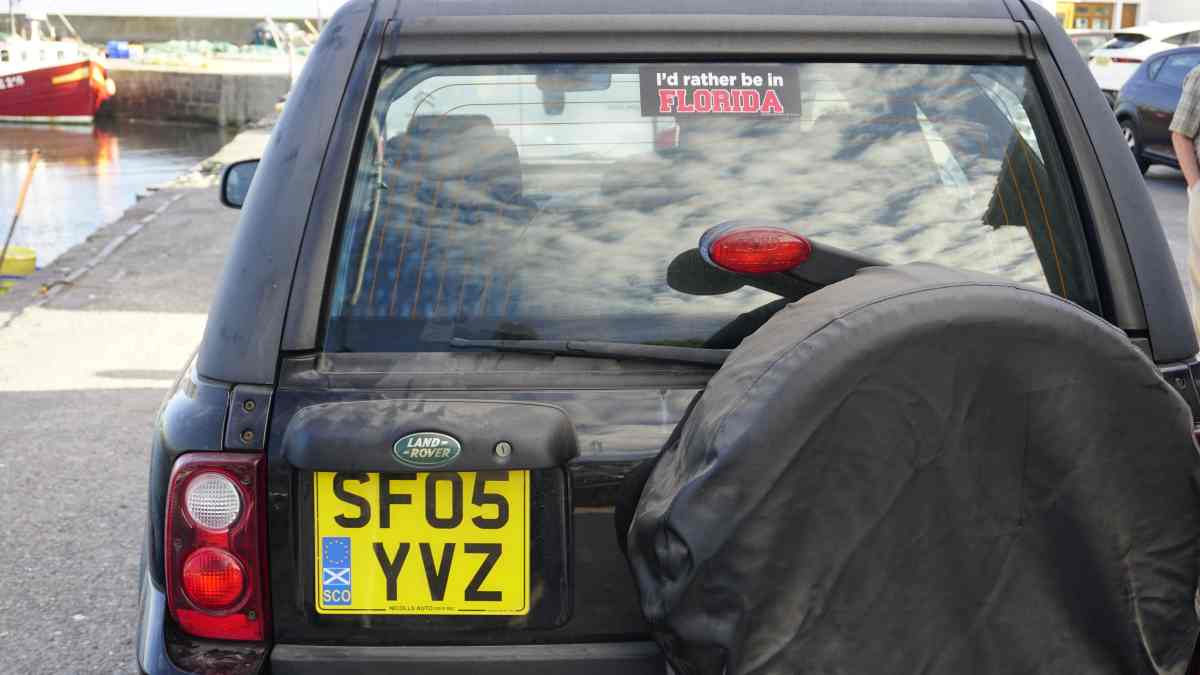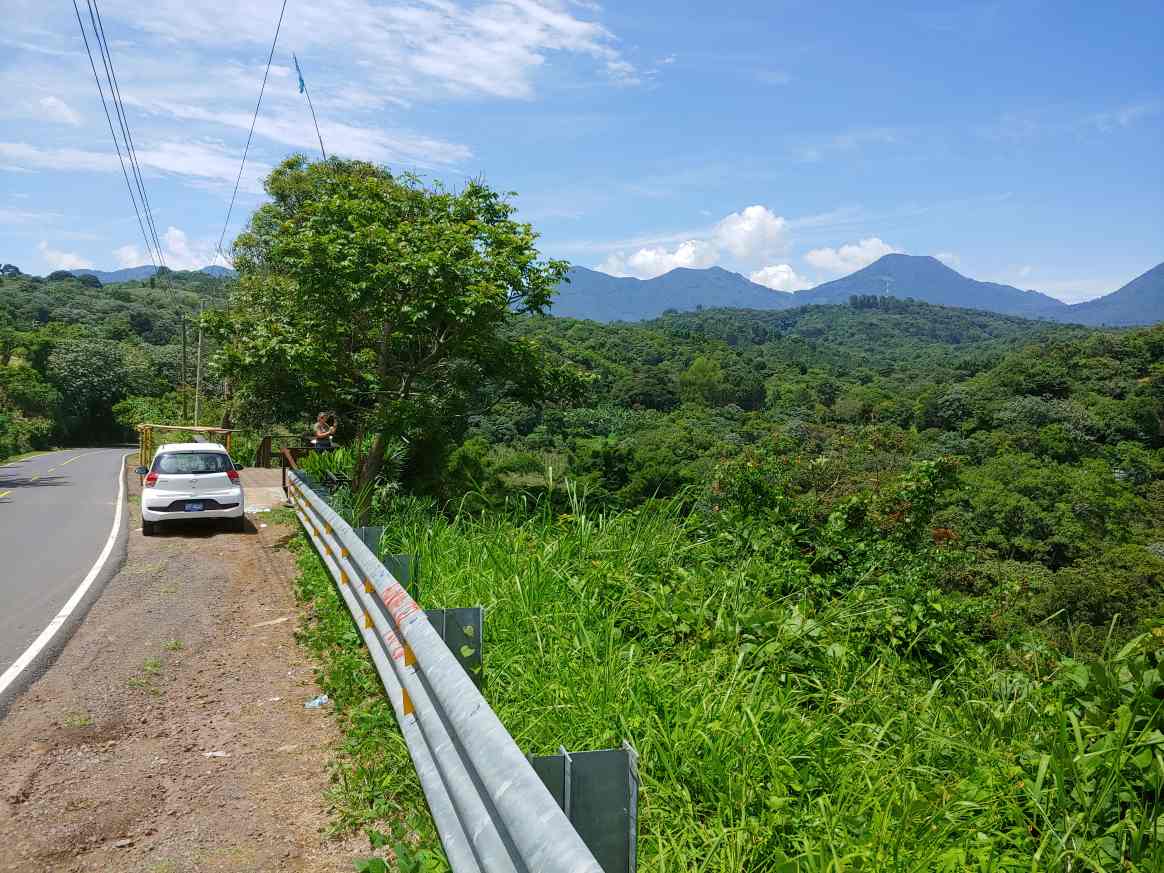
Wherever we go, we always rent a car. It gives you the most freedom to move around and explore the country. Renting a car is easy, and you can start your search right from your favorite travel website (I usually use Orbitz). A lot of times, you get offers for discounted rentals when you book a flight or hotel. However, these are not always the best rates, even if they say so – it pays to shop around.
Some of the rental websites I check are:
And there’s many others, just search for rental cars and the name of the country. Once you find a good one, run the same search in the car rental company website. If I can get the same deal on the actual car rental company, I prefer to book directly with them rather than an intermediary. As usual, if a deal sounds too good, beware! They may have limited mileage, or no insurance at all, etc.
If you are a US citizen and are going to Europe for more than 2 weeks, another option is a short term lease/buyback. Due to some loopholes in European law, you basically buy a brand new car and at the end of the lease the company buys it back from you. They do this to circumvent taxes, and they then have a practically new car to sell at a discount. Big manufacturers like Renault, Citroen and Peugeot offer this. It’s not cheap, but this lets you have a car that you can usually drive around Europe without country restrictions. I was able to pick up a brand new luxury SUV in Switzerland, drove through Italy, Monaco, France, and Spain, and returned it in Paris. You can search for this online, but a couple of companies that do this Auto-TT and Motorvana.

I usually try to rent from the name-brands (Alamo, Budget, Hertz, Avis, etc.) if possible. Sometimes I’ve had a hard time with the smaller companies, especially when it comes to insurance. They draw you in with a low price, but then they give you a heavy sales pitch for their insurance or other surcharges. That said, in small places where the majors don’t rent (like the Azores, or some places in Greece) the local rental places have been good to me.

When renting, things to look for are:
- Unlimited mileage – for us that’s a must, because we tend to go exploring a lot. If you can’t get unlimited miles (or Km) then it helps to figure out the places you are likely to go, and plot routes on Google Maps and add up the mileage. Add some cushion for things like finding a gas station, and you may be OK. Just make sure you log your starting mileage and keep an eye on it. The per-mile charges are usually high, so if you will be driving a lot, you need unlimited mileage.
- Liability Insurance included – Most countries require liability insurance, and that is not included in the insurance packages that your credit card or the rental website offer. Usually, that is included in the rental, but not always. For example, Alamo in El Salvador did not include it, and I had to pay $14 extra per day. On my next rental, Budget tells me it’s included (we’ll see-fingers crossed!)

- Manual vs. Automatic transmission – Outside of the US, most cars have manual transmissions. If you don’t know how to drive a stick shift, make sure the rental is for an automatic. Often, an automatic is more expensive to rent.
- Gas or Diesel – In Europe, diesel is usually cheaper than gas, and diesel cars get better mileage. In the US, diesel is more expensive. Check prices and estimate based on the number of miles you will be driving. Diesel cars are much more common in Europe, and they are not much different than driving a gas car – they are not trucks.

- Type of car – I usually rent the cheapest, smallest car I can find! This will be labeled as Economy or Compact. If there are more than two of you, then you will need to pay attention to the size of the trunk and make sure it has space for your suitcases - the cars in most of the world are smaller than in the US. Hatchbacks are usually roomier, but sometimes the rear seats take up most of the trunk. It may be fun to have a big clunky car, but most countries (especially cities) have narrow roads and parking can be a headache. Also, the fancier the car, the more it will be an attraction to thieves or even vandals. (I like to stay under the radar). Of course, you may need a big car. Be prepared to pay accordingly – it can easily cost double than a small car. SUVs are usually considered premium cars, as well as mini-vans, so they are expensive. In some parts of Europe, you can rent a type of utility vehicle that is used by small businesses but can be great for a group of 4. They have large windows in the back, and plenty of space for luggage. There are different companies that make them, look for Fiat Doblo, Citroen Berlingo or Renault Kangoo. They can be surprisingly affordable, compared to a minivan. Note that it’s very likely you will not get the type of car shown in the picture, especially when renting from a third party website. Check the official rental car company website for a closer match, but even that is never guaranteed (as they will tell you in the fine print, they will usually say “or similar”). This can be critical when you need the space – try to get a confirmation in writing from the rental agency.

- Full-to-full fuel – Most rentals are full-to-full, which means that the car will be full when you get it, and you have to return it full. If you don’t, they will charge you for the fuel needed, and their prices are usually quite high, so you are better off returning it full. In some small agencies, the car wasn’t full, and they say return it with the same amount of fuel you got it. This is never a good deal, as you don’t know how much gas you have to put in to get to a certain level. But, it is what it is. Note that some companies (notably in Spain) will charge you for a full tank of fuel when you pick up the car, and will refund you if you return it full. This is OK, except that I’ve had trouble with this policy in the past, because they put two separate charges on my credit card, and the credit card company then suspected it was fraud and locked my card.

- Insurance costs – this is a big money-maker for the rental agency and some will push hard to get you to buy theirs. Some of the higher-end credit cards will provide damage insurance on car rentals, but not liability (see item above). Thankfully, I have not had to put a claim with my credit card company, but I usually do depend on it and refuse the insurance offered by the agency. It all depends on your driving skills and how comfortable you are driving in a foreign country. Also, some countries have crazy drivers or are notorious for theft, so you may be better off playing it safe and buying extra insurance. The rental website will usually offer you their insurance, or you can buy it when you get there. If you plan to decline their insurance, contact the rental car company after making the reservation and make sure they will accept whatever alternative insurance you have (either credit card or purchased separately) and find out what documentation they want you to show to prove you have insurance – sometimes they can be really hard-nosed about it. Insurance quickly adds up ($11-20 a day) so you have to budget accordingly. Also note that the insurance usually runs on a calendar day instead of 24 hours, so you will be charged for an extra day (unless you rent at midnight!). Also note that your home-country insurance will not work in a foreign country. If you are traveling in your home country, then contact your insurance company to make sure they will cover you, especially if you re renting a more expensive car than what you have. Another option is adding car rental coverage to your travel insurance, so if you are planning to get travel insurance check the costs and compare – sometimes it’s a good deal, and sometimes not.

- Pre-paid or not? – Usually, you don’t pay for the rental until you get the car. However, sometimes they will offer you a better deal if you pre-pay. This is especially true with some aggregator websites, where they will collect their commission from you first, and you pay the balance to the rental car company. If you pre-pay, sometimes you can still cancel and get a refund, but not always, so check that.
- If you have the flexibility, try to compare renting at the airport vs. in town. Airports always charge a fee to the rental agencies, and it’s a cost that is passed on to you. Sometimes it can be cheaper to rent in town, but not always. Of course, you have to pay for a taxi or shuttle, so it may not make sense, but if you are staying in a city for a few days before exploring the countryside, you may not need a car for the whole time, in which case you would be paying for unused rental days plus parking, which can be very expensive. And driving in a strange city is no fun – the best part of having a car is to enjoy nature and the open road, and being able to explore out-of-the-way places.

- Check the hours of operation if you will be arriving at some odd hour or departing early in the morning (you have to be at the airline counter 2-3 hours before departure). Sometimes you may have to leave the keys in a dropbox, and trust them with the final inspection.
- One-way rental – Depending on your plans, a one-way rental may be an option. Be aware that there is usually an extra charge for this, which can be $200 or more. This is another area where shopping around may pay off – there may be a company that charges less or not at all for the one-way rental.
- Going to other states - In the US you may be limited to only be able to go to states that share a border with the state from where you rent. Check with the rental company.

- Going to other countries – Most rentals will not allow you to cross an international border. There are some exceptions in Europe, where you may be able to go to France or Portugal from Spain, but there are restrictions and usually additional insurance charges. Check the terms of your rental.
- Any other charges? - contact the rental car company after making the reservation and find out if there are any extra charges. Usually, you have to pay extra if you want more than one authorized driver (the credit card holder). The age of the driver also matters – under 25 and over 70 may have restrictions or extra costs. Also, they will try to rent you a GPS, child seats, etc. In Switzerland, I was charged for winter tires!

- When you talk to them, also make sure they will accept your driver’s license. Some countries require an International Driver’s License. You can get this at an AAA office. There is usually a charge, about $15, and you need a passport photo or two. Some offices will take your photo.
Find more travel tips in Part 2!